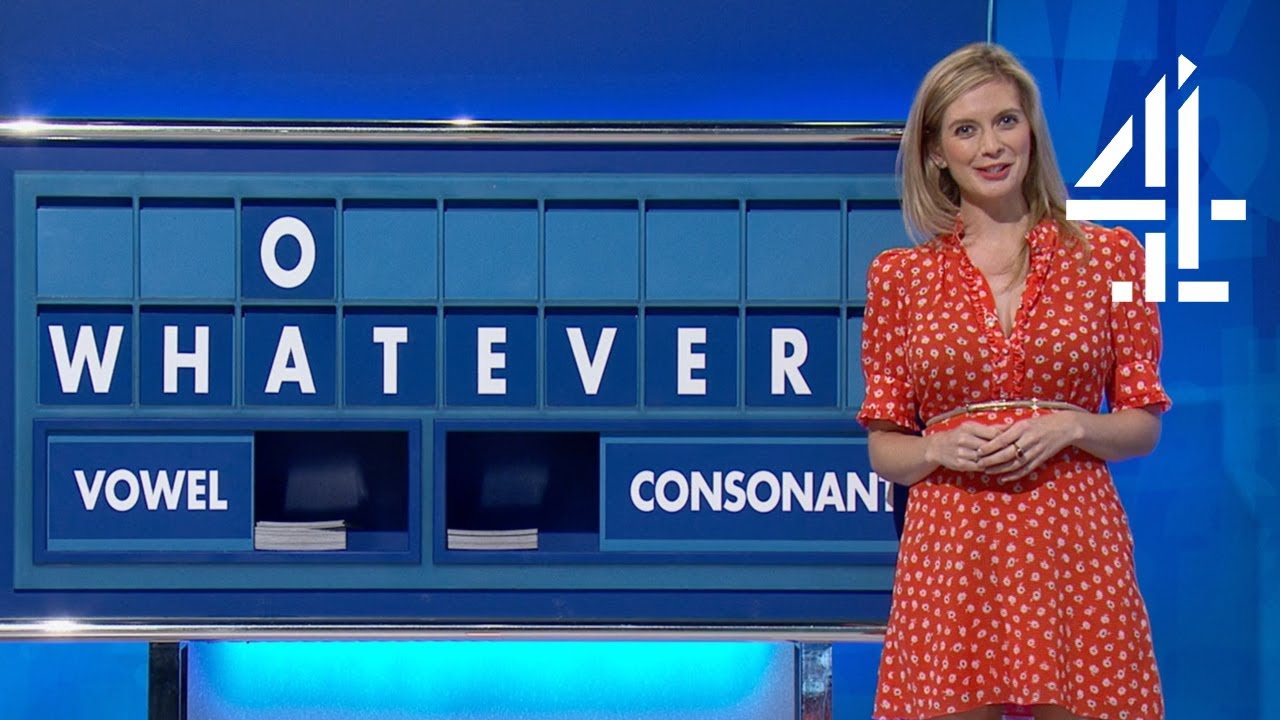I’m disappointed with…
I expected better…
I’m disgusted that …
Complaints.
Poor quality, price, taste or lacklustre customer service – we’ve all encountered bad experiences with a company, whether as an individual consumer or as a business-to-business client.
How companies receive, manage and respond to the complaints they receive affects both the retention and expansion of their current customers, as well as the attraction of new ones.
Many businesses receive complaints from their customers every year but few do anything about it. Even fewer seize an opportunity to appease not only a disgruntled complainant but their broader customer base. And it’s a shame because we should all embrace the marketing power behind a happy customer.
Traditionally, customer service and marketing within a company operated autonomously. However, from the examples you’ll discover shortly, they go hand in hand. Having sat on both sides of the table, Customer Success and Marketing, and it’s undeniable that marketing needs to be more focused on customer outcomes as a metric.
So, if you’re looking for inspiration to approach the good, bad and ugly of your customer feedback, read on to discover how three different companies creatively handled their complaints.
Ask for a complainant’s input

After a disgruntled passenger on a Virgin Atlantic flight penned what many might agree to be the greatest complaint letter of all time, all eyes were on Virgin founder, Sir Richard Branson for a response. Personally addressed to the British billionaire, the complainant wrote several pages of light-hearted disappointment at his flight meal selections.
Branson picked up the complaint quickly as it spread through various newspapers, and invited the customer to sit on the tasting panel the next time that Virgin Atlantic reviewed their menu. Offering not only an apology but also a level of collaboration, strengthens trust and loyalty in customers.
Handle a complaint in good humour

Depending on your company’s tone of voice, inject a response to a grievance with some humour. British smoothie company Innocent responded to a complaint via an open letter on their blog, with a sprinkling of creative license. After a customer discovers unblended banana within the smoothie she had purchased, Innocent hypothesises that either a faulty blender or a “rogue chimpanzee” is responsible for the mistake. They round off a tongue in cheek response with a sincere apology, reassurance that this problem will not happen again – either for themselves or for another customer. Striking the right balance between humour and empathy is crucial for an effective complaint response.
Use complaints to broadcast your diversity

British TV Channel 4 turned their (pretty trivial) complaints into an ingenious opportunity to promote its diversity charter and encourage further feedback from its audience.
It showcased real complaints made to Channel 4 from their audience through its recent advertisement “Complaints welcome”. Through a common comedic trope of TV made famous by Jimmy Kimmel’s Mean Tweets, the ad showcases the range and diversity of the channel’s stars by the complaints made against them.
Five-time gold Paralympic medallist Ellie Simmonds moans, “They’re not real athletes,” before diving into the Olympic pool at Zaha Hadid’s London Aquatics Centre.
Artist Grayson Perry stands in his studio as his female alter-ego, Claire. “It wouldn’t be so bad if he tried to make himself look like a normal woman!” he complains.
The ad wraps up with a frame of one of its stars, who hasn’t yet received any complaints alongside a call to action to share further feedback with the channel.
The brainchild of creative agency 4creative, this defiant advertising campaign packs a punch.
Ian Katz, Channel 4’s director of programmes, said that it “celebrates one of the things at the heart of Channel 4’s identity: challenging the way our viewers think about the world. When there isn’t someone complaining about one of our shows we should be worried.”
How ever you choose to handle your customer complaints, there is one thread that ties these three examples together – letting your customer feel heard. Acknowledge their feedback, however severe or trivial.
And remember – when you put your customer first, everyone wins.


